How to Tell If Your Solar Light Is Truly Energy-Efficient
You bought a solar light hoping to save energy and help the environment, but how do you know it’s actually efficient? Some lights promise big savings but fall short in practice. Let’s break down what makes a solar light truly energy-efficient, from the panel to the bulb, and how your habits play a role.
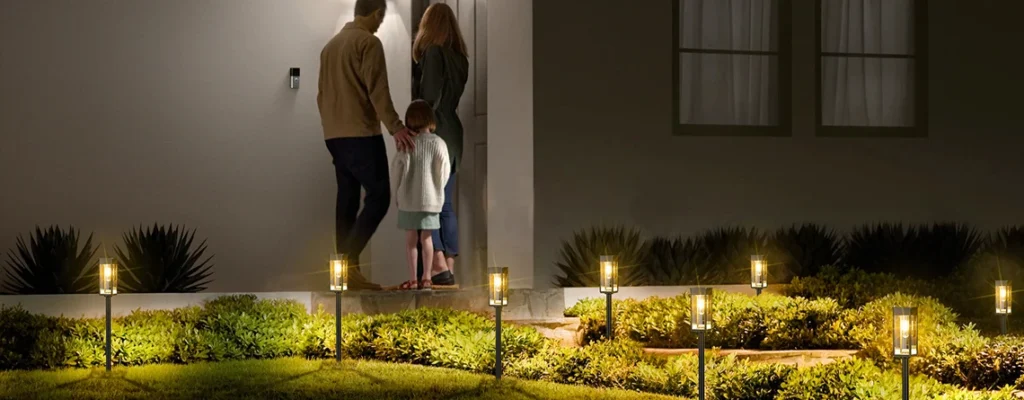
Solar Panel Efficiency Matters
The solar panel is the heart of any solar light, turning sunlight into power. Here’s what to check:
- Conversion rate: Top-tier panels (like monocrystalline) convert over 20% of sunlight into electricity, compared to 15% for cheaper polycrystalline ones.
- Size and output: A small, high-efficiency panel can outperform a larger, low-efficiency one.
- Real-world impact: A 2W panel with 22% efficiency charges faster than a 3W panel at 15%, especially in low light.
Look for specs on the box or product listing to confirm the panel’s efficiency.
Battery Power and Longevity
The battery stores the energy your solar light needs to shine at night. Not all batteries are equal:
- Lithium vs. NiMH: Lithium-ion batteries have higher energy density, storing more power in less space. They also last 2–3 years longer than NiMH.
- Cycle life: Good lithium batteries handle 500–1000 charge cycles before losing capacity, compared to 300–500 for cheaper ones.
- Capacity: A 2000mAh battery powers a light longer than an 800mAh one, reducing recharge frequency.
A strong battery means your light stays bright without wasting energy.
LED Quality Makes a Difference
The light source in a solar light determines how much energy it uses. LEDs are the standard, but not all are created equal:
- High-efficiency LEDs: These use 30% less power than standard LEDs while producing the same brightness (measured in lumens per watt).
- Color temperature: Warm white (2700K–3000K) LEDs often use less energy than cool white (5000K+).
- Durability: Quality LEDs maintain brightness over years, while cheap ones dim quickly, wasting stored power.
Check the lumen-to-watt ratio (aim for 100+ lumens/watt) to spot an efficient solar light.
Smart Controls Boost Savings
Modern solar lights often come with features that optimize energy use:
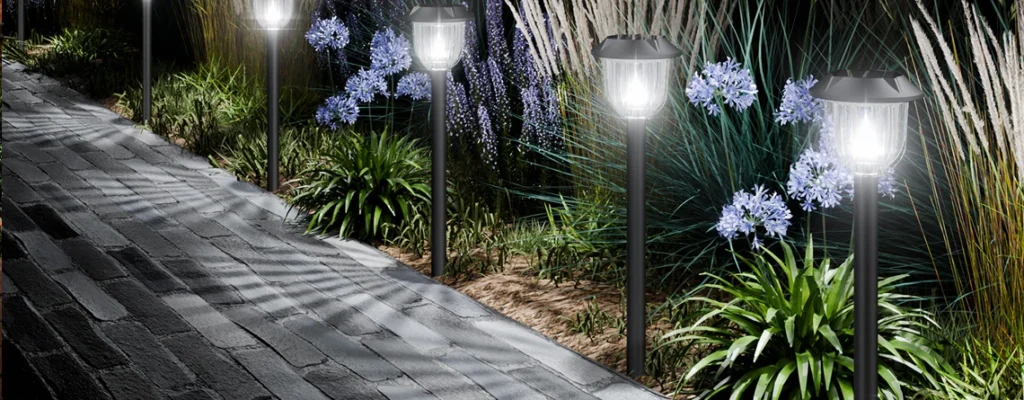
- Motion sensors: Lights only turn on when someone’s nearby, cutting power use by up to 50%.
- Auto-dimming: Some lights lower brightness when no motion is detected, saving battery life.
- Timers: Program the light to turn off after a set time (e.g., midnight) to avoid running all night.
These systems ensure the solar light uses power only when needed, stretching battery life and reducing waste.
Your Usage Habits Matter
How you use your solar light can make or break its efficiency:
- Set smart schedules: Limit lighting to high-traffic hours (e.g., 6 PM–11 PM) to conserve energy.
- Place it right: Position the panel in direct sunlight, free from shade or obstructions, to maximize charging.
- Clean regularly: Dust or dirt on the panel can cut charging efficiency by 20–30%. A quick wipe keeps it humming.
Smart habits ensure your solar light performs at its energy-saving best.
Real Savings: By the Numbers
How much energy does a solar light actually save? Let’s compare:
- Traditional light: A 10W incandescent bulb, used 5 hours nightly, consumes ~18 kWh/year. At $0.15/kWh, that’s $2.70/year per light.
- Solar light: A 1W high-efficiency LED solar light uses no grid power, costing $0 to run.
- Multi-light savings: For 10 outdoor lights, switching to solar saves ~$25–$30/year, or 90% of the grid-powered cost.
- Long-term: Over 5 years, that’s $125–$150 saved, often covering the cost of the lights.
These numbers show solar lights can slash energy bills significantly.
What Makes a Solar Light Truly Efficient?
A solar light saves energy when its components work together smartly. High-efficiency panels (20%+ conversion), durable lithium batteries, and bright, low-power LEDs are key. Add in motion sensors or timers, and you’re maximizing every drop of sunlight. Your habits—like cleaning the panel and setting smart schedules—seal the deal. By choosing a quality solar light and using it wisely, you’ll cut energy use, save money, and light up your space sustainably.

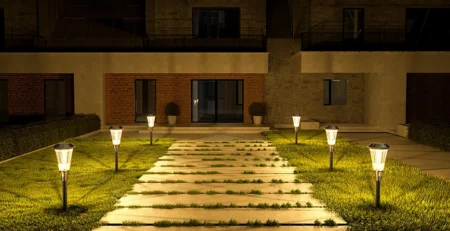
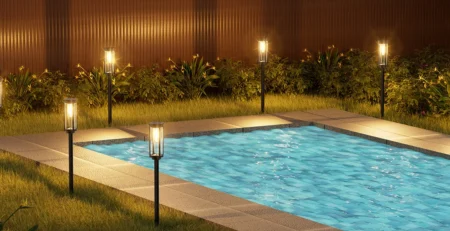
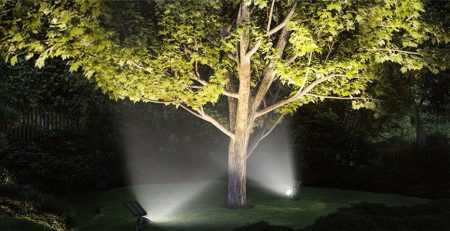

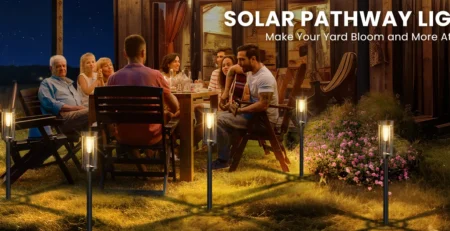

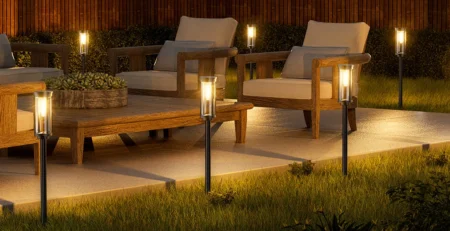
-2-450x231.webp)
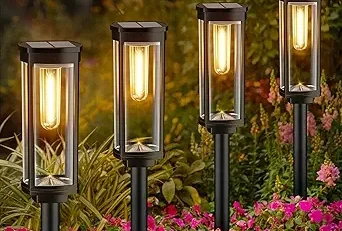
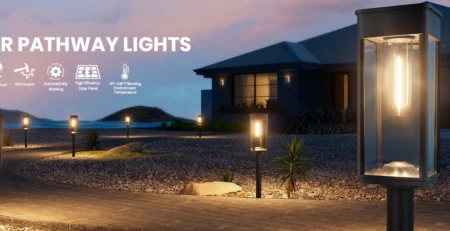
Leave a Reply